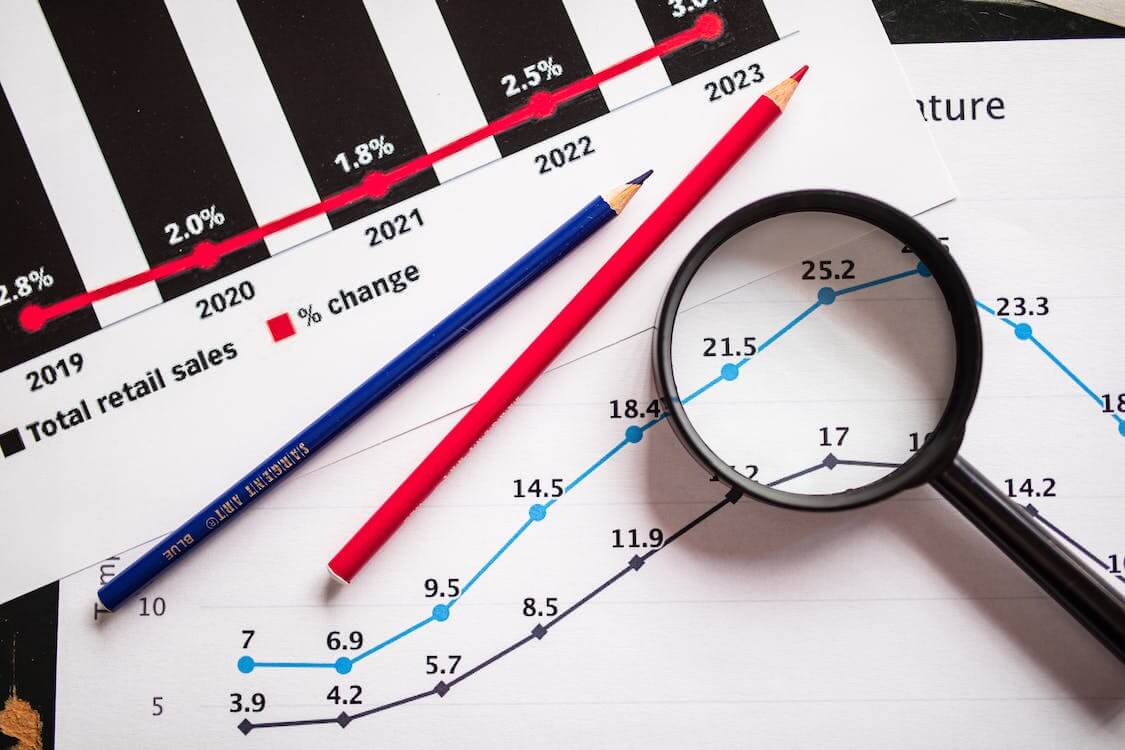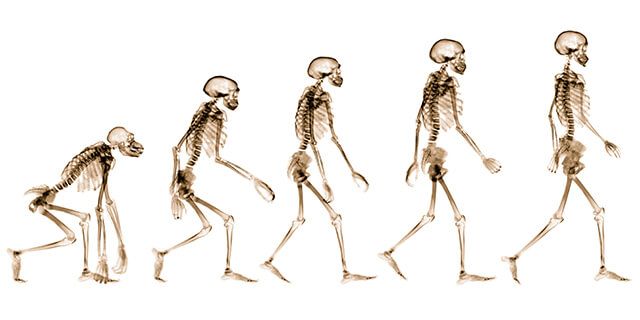As someone who has been in the technology industry for over 30 years, I've witnessed several transformations that have reshaped how businesses leverage technology. But the shift we're seeing now with the rise of customer success may be one of the most profound.
In this article, I'm going to examine:
- The birth of customer success
- The next transformation
- How customer success goes beyond retention and drives growth
- The rise of specific CSM roles
- How to disrupt the pre-sales process
- The omnipresent customer success mindset
- How to embrace customer success 2.0
The birth of customer success 1.0
You've likely heard this analogy before: The “Model T” Ford was to cars what software-as-a-service (SaaS) is to technology and businesses. Just as the Model T democratized automobile access, the rise of SaaS democratized technology by giving businesses more choice and control over the solutions they adopted.
At first, the idea of letting go of on-premise control in favor of cloud services seemed unthinkable to many. But the business imperative to "move faster" and meet rapidly changing customer demands eventually drove SaaS adoption, even if it meant sacrificing some bespoke capabilities for the sake of progress over perfection.
It was this SaaS wave that sparked the emergence of customer success as a discipline I'll refer to as "customer success 1.0." As businesses embraced the subscription model, a new role focused solely on accelerating time-to-value and ensuring customers achieved their desired outcomes became essential.
Customer success 2.0: The next transformation
While customer success 1.0 represented a major step forward, businesses now face even greater demands for continual innovation and faster technology adoption in the wake of disruptions like COVID-19. Simply retaining customers is no longer enough - the name of the game is driving sustained growth and adoption. This means customer success must undergo its own evolution towards what I call "customer success 2.0."
According to research, 47% of businesses say legacy mindsets and processes are holding them back from innovation. In today's experience economy, that's an existential threat. Customers know the power of innovative technology better than ever before, and they won't accept reversion to the old, sluggish ways of working.

Transcending retention: customer success as a growth driver
In the 2.0 phase, customer success will transcend its traditional focus on retention alone. While that will always remain a critical piece, the core mission will be fostering rapid, continuous adoption and driving tangible business growth through technology.
Think about how most organizations currently leverage technology across three levels:
- Modern organizations focus on keeping systems current, secure and compliant
- Connected organizations using technology as a strategic tool to enable processes, analytics, etc.
- Generative businesses unleashing tech's full potential to create new revenue streams
As we progress towards being generative, innovative businesses, customer success will be critical for accelerating that transformation. We'll work hand-in-hand with customers to identify opportunities, remove blockers, and ensure they realize the maximum value that directly impacts topline growth.

The rise of “growth CSMs” and “advocacy CSMs”
For Customer Success Managers (CSMs), this evolution will likely split our roles into two complementary paths: growth CSMs and advocacy CSMs.
Growth CSMs will partner deeply with pre-sales teams to specialize in opportunity identification, navigating the adoption curve, and handing off teed-up opportunities to sales for the close. In many ways, we'll disrupt the traditional pre-sales process by becoming the front-line growth engine feeding the funnel.
Advocacy CSMs, on the other hand, will play the more conventional role of nurturing and maintaining the long-term customer relationship post-sale. You could view them as the "custodians" charged with driving effective adoption, retention, and expansion within their book of business.
There's no one-size-fits-all for which path an individual CSM will take. It may depend on your strengths, interests, and customer scenarios. Some may thrive wearing both hats. But I do encourage you to start thinking about which direction feels most energizing.
No matter which way you lean, there are four skills I recommend doubling down on if you want to trailblaze customer success 2.0:
- Build strong partnerships with your pre-sales counterparts now. There's a wealth of knowledge we each bring to the table that will be mutually beneficial. For growth CSMs, developing this relationship will be critical.
- Learn how to build and deliver a powerful point of view, supported by data. Our role isn't just to agree with the customer, but to guide them based on envisioned best practices. Defining and articulating a defensible vision will be highly valuable.
- Seek out public speaking opportunities to present that point of view. Customer success is becoming too critical to businesses for it to stay in the shadows. We need confident voices shaping the conversation.
- Get hands-on experience identifying, nurturing, and pushing opportunities through the funnel. For growth CSMs, this will be our bread and butter for fueling predictable revenue streams.

Disrupting the pre-sales process
The traditional view of customer success has been that it lives in the loop between sales and delivery - we come into play once the deal is done. But in the world of customer success 2.0, that linear model gets turned on its head.
Instead of an endless loop, we're looking at more of an infinity symbol workflow. And that symbol is about to get disrupted, with more and more opportunities originating from the success side rather than the sales side of the equation.
Why? Because in our role, we're already operating in that critical "whitespace" - the uncharted territory where new processes, use cases, and ways of driving value get defined through hands-on partnerships with innovative customers. We're the ones building the roadmap from firsthand knowledge.
So instead of always inheriting opportunities from sales to then nurture, we'll increasingly create them through design partnership activities. We'll get a head start defining the paths to value, which sales can then swoop in to prosecute commercially. It's a symbiotic model, just with more of the demand-gen originating with customer success.
Just look at the results our VMware customer success team has already seen. We monetize success not just through renewals, but through proactive services that have become a powerful growth engine, consistently beating out conventional lead sources in sales conversions.
The omnipresent customer success mindset
Of course, evolving traditional roles and processes is just one dimension of the customer success 2.0 transformation. Ultimately, this needs to be a cultural shift that embeds a customer growth mindset across every function of the entire organization, not just within the customer success department.
Just as quality management rose to prominence in the industrial era and process engineering did in the automation age, customer success represents the defining professional discipline for our current cloud era. And it will be just as omnipresent and integrated into the fabric of successful businesses.
So in addition to defining the paths for rapid value realization, customer success teams should also embrace the opportunity to catalyze this transformation. We need to evangelize and role model the customer growth mindset everywhere - with sales, marketing, product, finance, and all the way up to the executive suite.
Become masters of collaboration, breaking down silos and knowledge segregation. Drive a relentless focus on ensuring every group, every process, every decision creates sustainable value for customers. Because again, that's the only path to realizing innovation and organizational growth in an experience-driven economy.
At VMware, one of my top priorities is embedding customer success leaders within each line of business to proliferate our methods, our tools, and most importantly, our obsessive dedication to customer outcomes. I'm dedicated to making customer growth the centerpiece of our company's DNA.

My advice for embracing customer success 2.0
If there's one piece of advice I can leave you with, it's this: listen to your customers. Listen more than you speak. Customers will tell us every time where our product roadmaps should go and what's needed for their continued success. We just have to get out of our own way, set our egos aside, and let their voices show us the path.
Of course, listening isn't enough on its own. We also need robust mechanisms and processes for capturing those firsthand insights in a way that can be swiftly operationalized and disseminated across customer teams, partners, and leadership - everyone who plays a role in driving positive outcomes.
Those forward-deployed teams like customer success who intimately understand the use cases, the pain points, and creative ways customers are achieving value? We have to ruthlessly mine and scale that tribal knowledge for competitive advantage. That rich ethnographic research is what will keep us ahead of the pack in servicing the Generative businesses pushing innovation's boundaries.
And for those of you already operating as customer success pioneers, I strongly encourage you to get certified and credentialed. There's an influx of new talent entering this profession, and many will come brandishing formal customer success education and certifications. Don't let them one-up you on paper when you've paid your dues through hard-earned experience. Get certified to validate your expertise.
The customer success 2.0 transformation is already underway whether we're ready or not. Analysts predict we could see it hitting an inflection point and going mainstream within the next 18-24 months based on current trajectories. Businesses simply can't afford to be laggards in embedding this growth-oriented discipline anymore.
What does this mean for your career trajectory? Opportunities like we've never seen before. That's why it's critical you take intentional steps now to get ahead of the curve.
Is the growth CSM path calling you, with its mandate to be an elite opportunity hunter and expansion catalyst? Then bump up your skills around articulating vision, public speaking, pipeline management, and pre-sales partnering.
Or does the advocacy CSM path feel more authentic, nurturing long-term customer relationships as a trusted advisor and retention champion? If so, double down on mastering the art of effective adoption planning, team leadership, commercial savviness, and becoming a domain expert.
Regardless of the direction you take, I guarantee one thing: In the age of customer success 2.0, the role of the CSM is only going to become more strategic and more tightly woven into the very fabric of your organization. We may no longer be subservient to sales, but partners in co-creating value and driving meaningful business impact.
So get ready to embrace this new reality, because customer success 2.0 is rising. And when it hits, it's going to disrupt everything we think we know about our discipline in the best way possible.
That's the transformation I'm striving to lead every single day at VMware. And I hope you'll join me in being a catalyst, not just for the sake of our respective companies, but for the entire industry. The time is now to stop viewing customer success as an auxiliary function, and start celebrating it as the beating heart that will pump innovation through the business world's veins.
Who's with me?

Find a Customer Success Festival near you
If you enjoyed Catherine's article, you'll love the treasure trove of insights at our Customer Success Festivals all across the globe.
Why not check out our events calendar and find a location that suits you?




